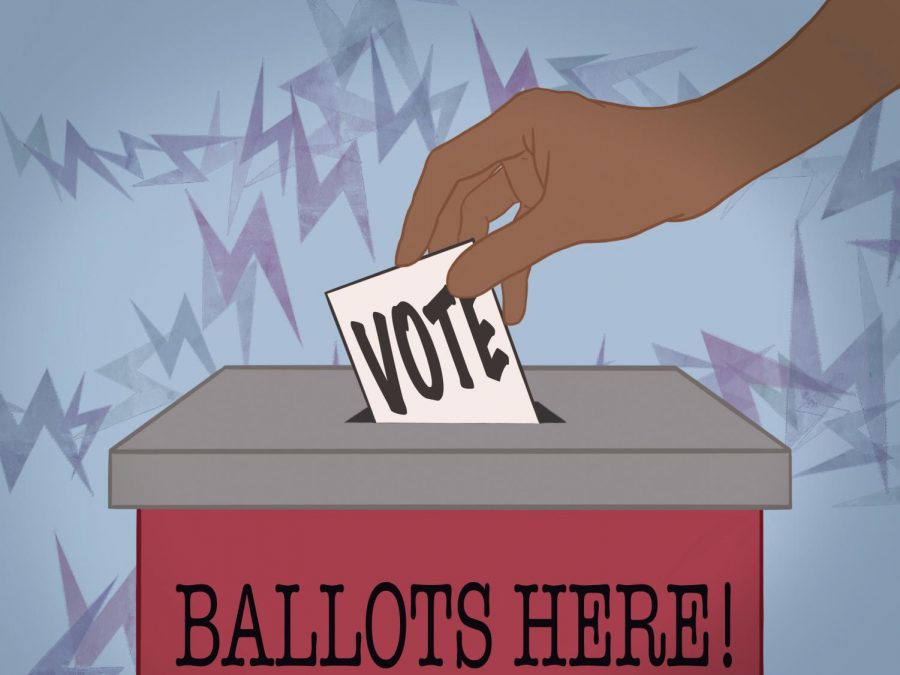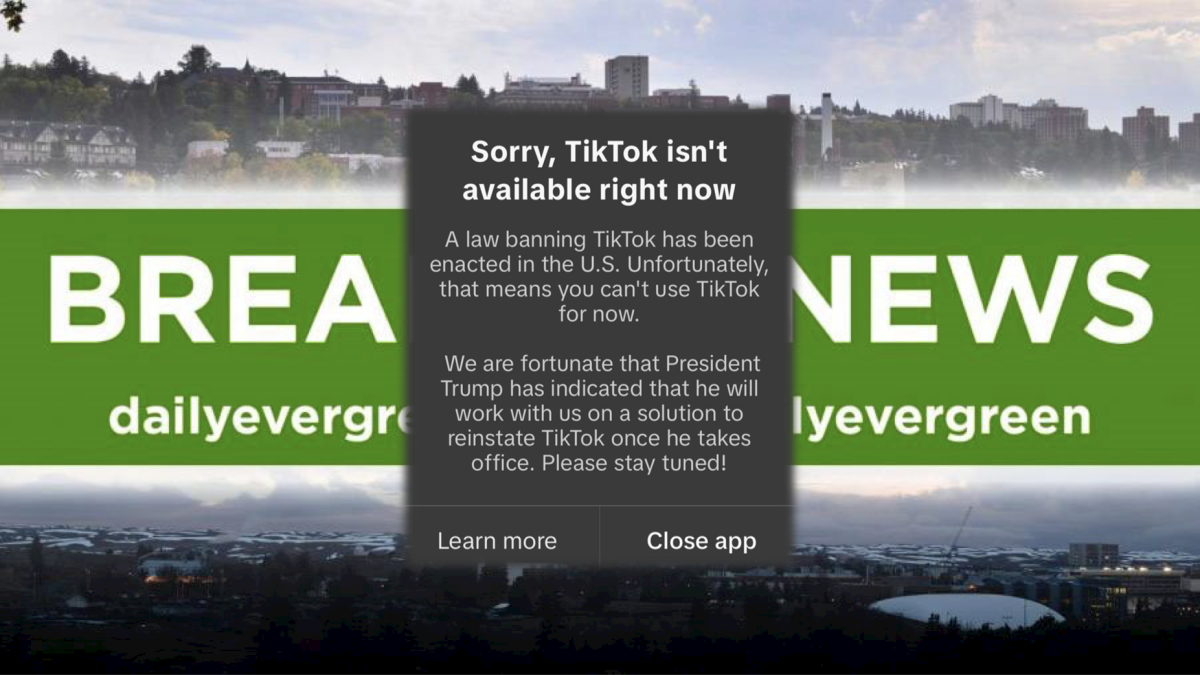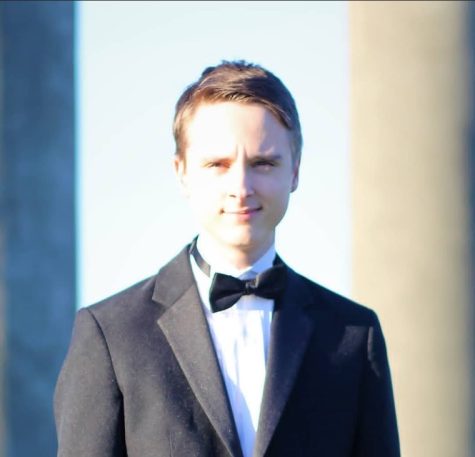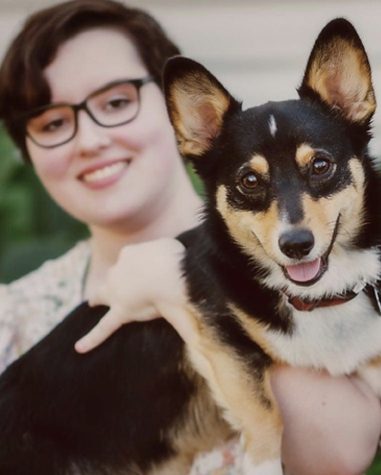Since October, Elon Musk has been the owner of Twitter. In that time, Twitter has been through controversy after controversy, leading some to think about their usage of the social media website.
Sarah Page, assistant director for student affairs in marketing and communications, said student affairs marketing uses a Twitter account, mostly to inform students about important information around campus.
“We communicate to students the different programs and events and services,” Page said. “Student affairs marketing manages a lot of the marketing and communications that goes to students who are at WSU, like university recreation, housing, the multicultural student center.”
Page said she has worked at WSU for about 10 years and has served in this role for about three. She said the marketing department handles the Twitter accounts for some university programs and centers.
“The marketing department specifically handles the Twitter accounts for the CUB, the center for student organizations and leadership, university recreation and dining services,” Page said. “There are definitely departments that are on Twitter and there are definitely some that are not.”
Outside of Twitter, the marketing department is active in using Facebook and Instagram, Page said. In addition, some social media accounts are starting to branch out to TikTok.
Page said she has been aware of the changes Elon Musk has been making to Twitter but has not been following it extremely closely. The biggest change she has noticed in Twitter since then is a decline in Twitter usage compared to before Musk’s ownership.
Page said the marketing department has looked into trying out Threads, the new social media network operated by Meta that is linked to Instagram accounts. From what she’s seen, she believes Twitter and Threads operate similarly.
“We’re looking to start posting content on the Instagram accounts we already have just to see how it works and who in our Instagram audiences will be in those spaces,” she said.
Page said from what she has observed, none of the social media platforms used by the marketing department are easier to use, but Instagram and Facebook tend to be the most successful for them. For at least the foreseeable future, the marketing department will continue to use Twitter.
“Our goal is just to communicate our programs to students and staff,” Page said. “We are seeing changes, which isn’t new in the field. We’ll just continue to pay attention to where students are and we’ll use that information.”
WSU Police Chief Gary Jenkins said the WSU Police Department also uses Twitter. The main purpose of their activities is to try to keep the public informed on safety on campus or any critical events taking place in the community.
“An additional use of the social media accounts we have is to connect with the community we have,” Jenkins said. “Sometimes we’ll post information on members of our staff or more human interest type information to personalize the WSU PD to the community.”
In addition to Twitter, the WSU PD has also been using Facebook, Instagram and TikTok, Jenkins said. Jenkins has also seen the changes that have been made on Twitter, but it has not affected their Twitter activities.
Jenkins said he has seen some of the alternatives to Twitter that have come up, including Threads, but at the moment the WSU PD is satisfied with their current social media presence.
“Right now we don’t have any plans to leave,” he said. “We’re always looking to add on to what we’re using but right now we don’t have plans to add on.”
Jenkins said while the WSU PD is happy with the social media accounts they are using, he encourages the community to let them know how they would like them to improve their presence.
“We’re always keeping an eye out for any other way to effectively spread the message to our community, so we’re looking for any tool that would be used by university students,” Jenkins said. “We’re open to communicating on other platforms that students are using, so if they have any suggestions or ideas for us to better communicate with them then we are certainly willing to do that.”
Brandon Schrand, director of marketing and communications for the College of Agricultural, Human and Natural Resource Sciences, said he leads the social media presence of the college.
“We have three folks that are kind of in charge of running various accounts on our social media feed,” Schrand said. “They report to me and tell me what’s going on. We usually discuss weekly strategy campaigns to discuss what we’re going to put out in various channels.”
Schrand said in addition to Twitter, CAHNRS uses Facebook, Instagram and LinkedIn and is considering using TikTok as well. Usually which account gets the most attention varies based on the content they post.
“We’ve noticed that students entering stories on Instagram get a lot more attention than they would on Facebook,” Schrand said. “In terms of audience size, probably our biggest audience is on Twitter, Facebook, Instagram, LinkedIn in that order.”
Schrand said he has noticed the changes made to Twitter since Musk’s ownership, one of them being what, since Musk’s ownership, he has not seen.
“One of the things we’ve found, and I think this is true for a lot of users, some of Twitter’s algorithms make it more difficult for content to be as visual,” he said. “From my understanding, you have to compete a little bit more to get traction on that platform.”
Despite this change, CAHNRS will continue to use Twitter, in part due to their largest audience being there, Schrand said. However, he is currently using Threads, although he has not used it long enough to compare it positively or negatively to Twitter.
Schrand said every other week he has a content strategy meeting that involves discussing social media, in which he believes they will be discussing becoming active on Threads, although no decision has been made as of yet.
“It is hard to build an audience with these platforms and the more platforms you’re on, that’s great because you get more eyes on your content but it’s more work for the content creators,” Schrand said. “We’re always looking for and accessing new platforms … but we don’t want to overburden the staff by having too much and too many platforms to keep track of.”











